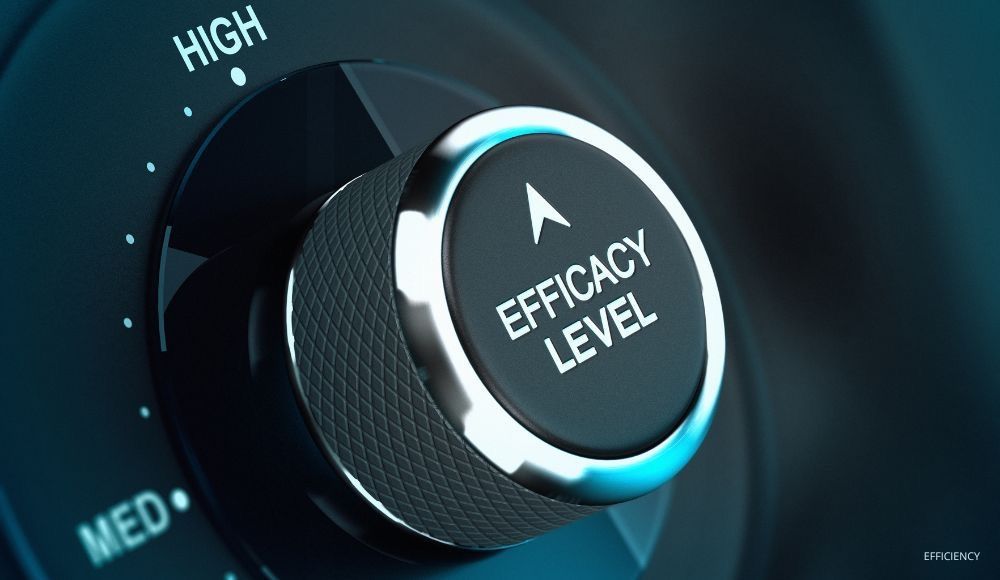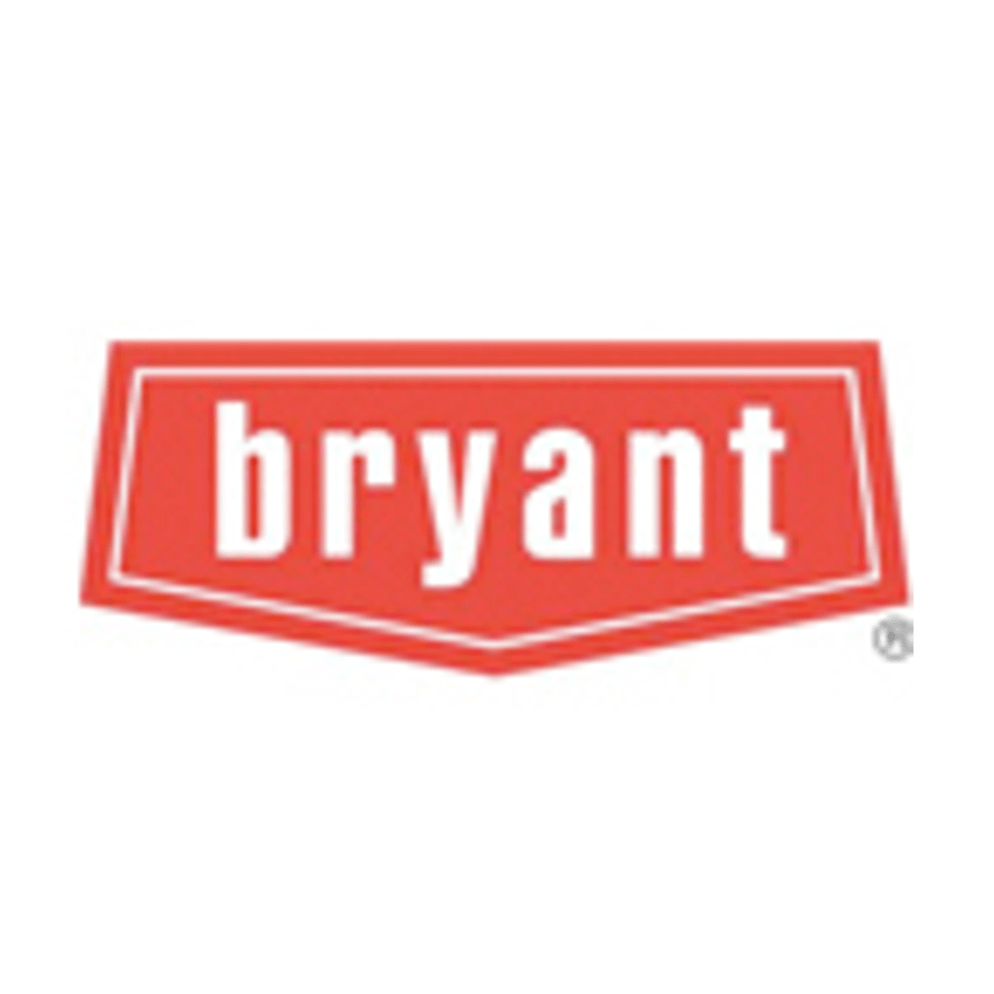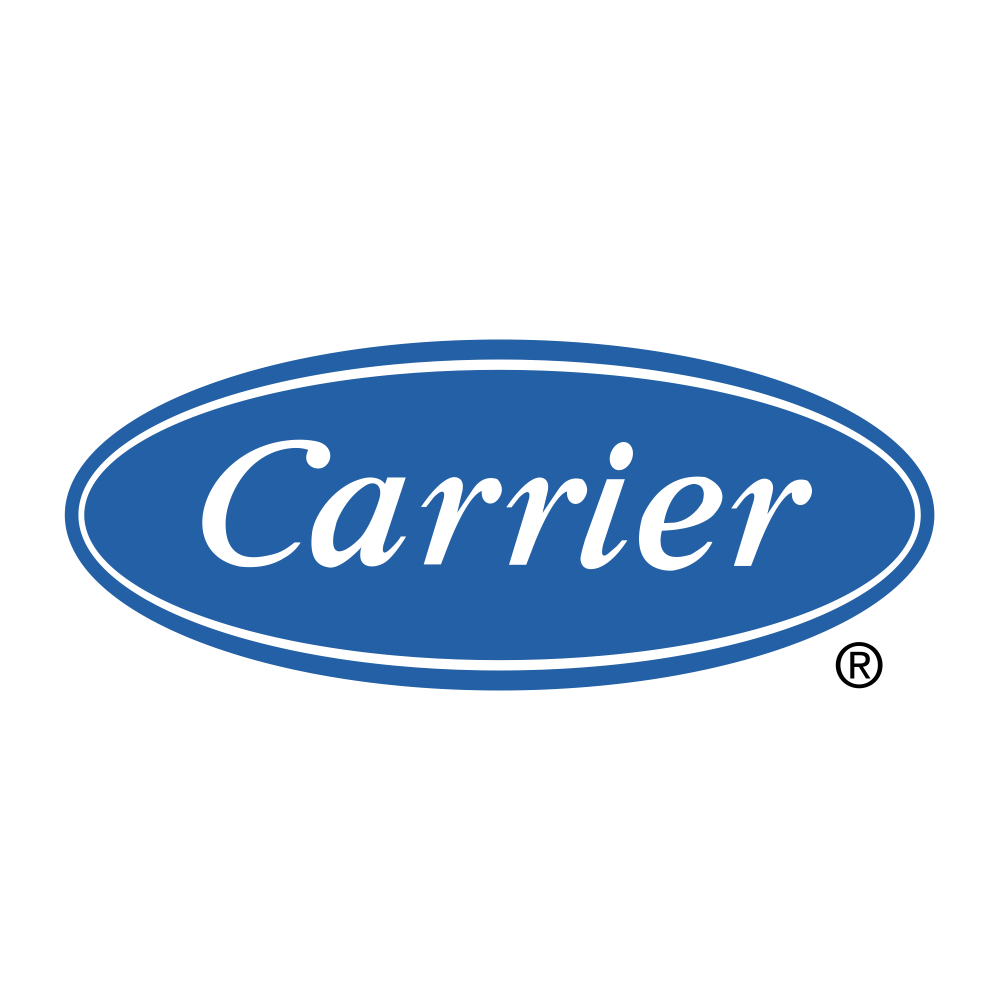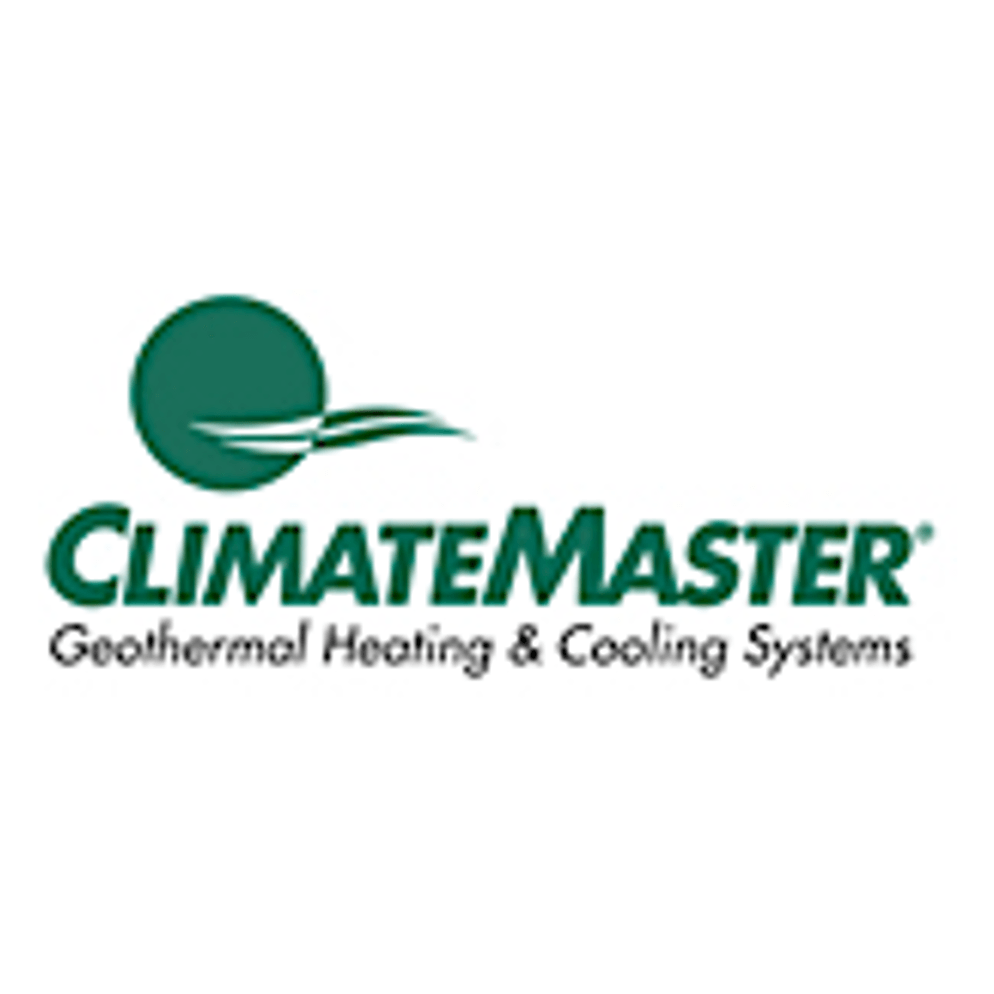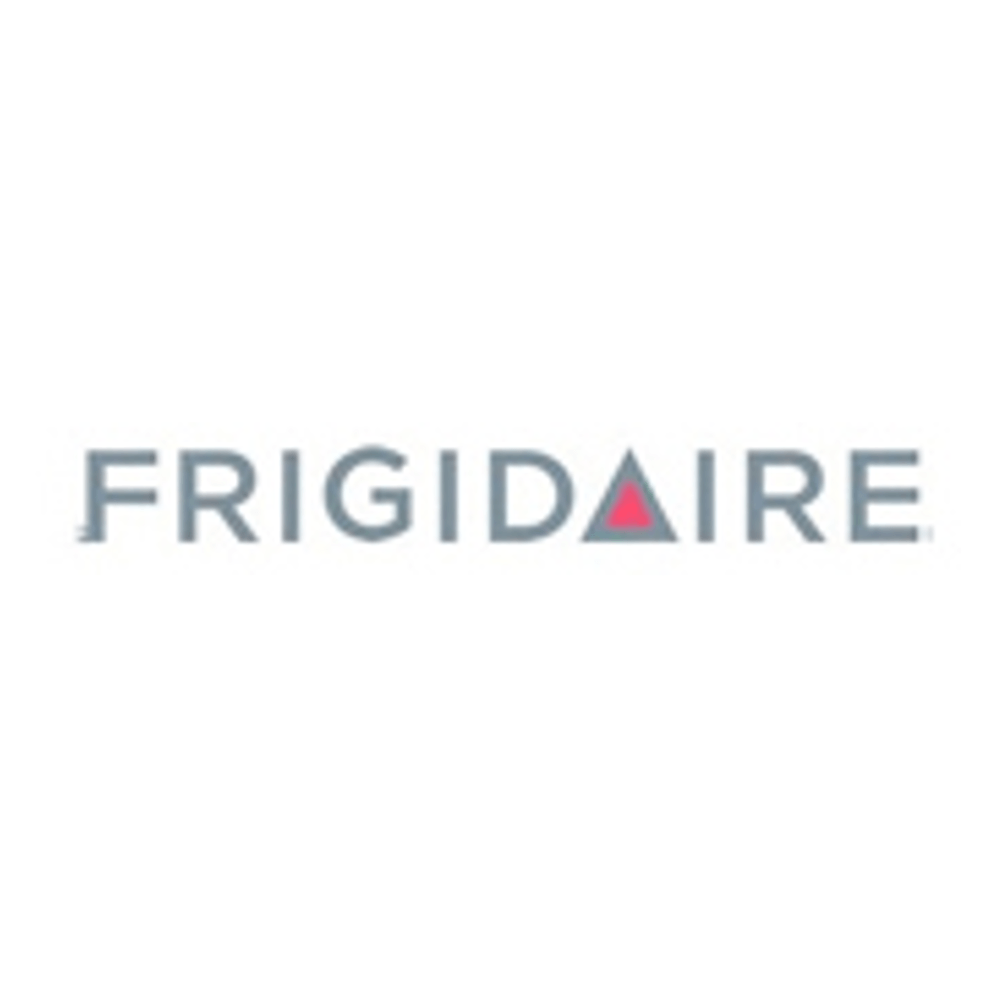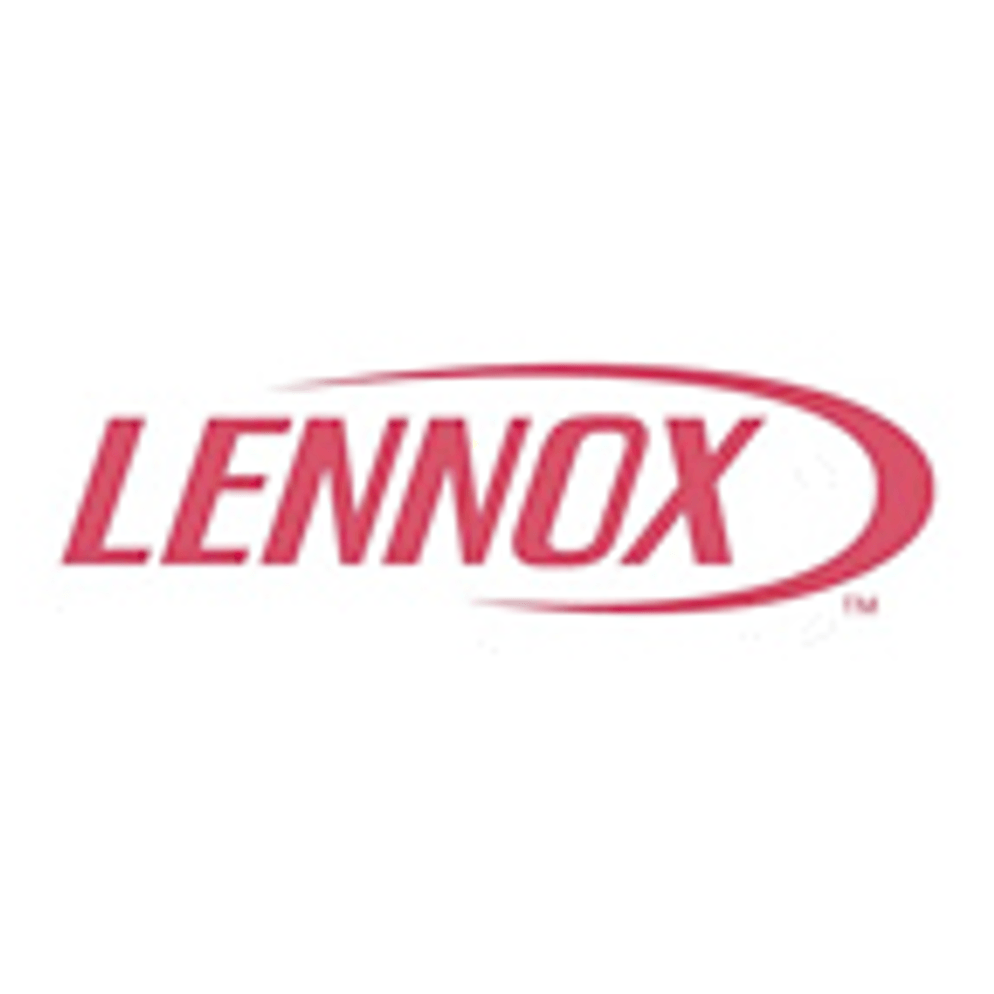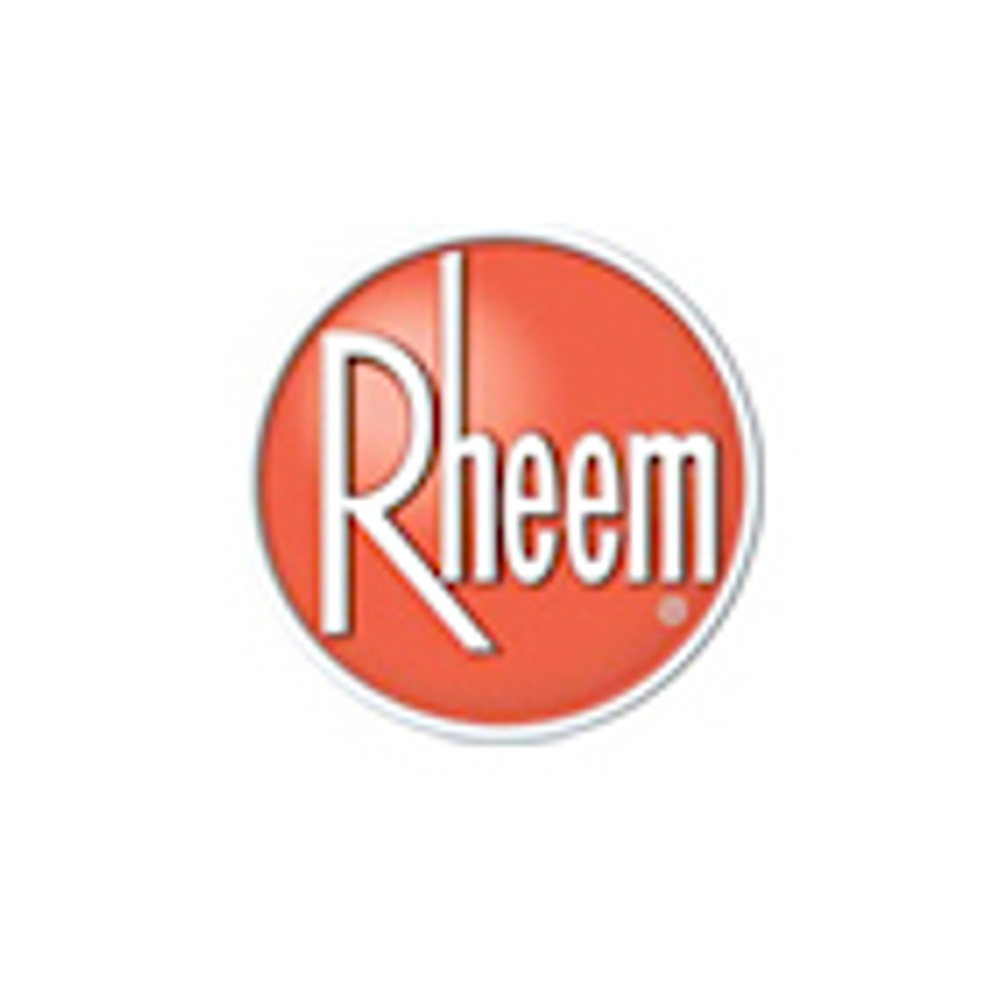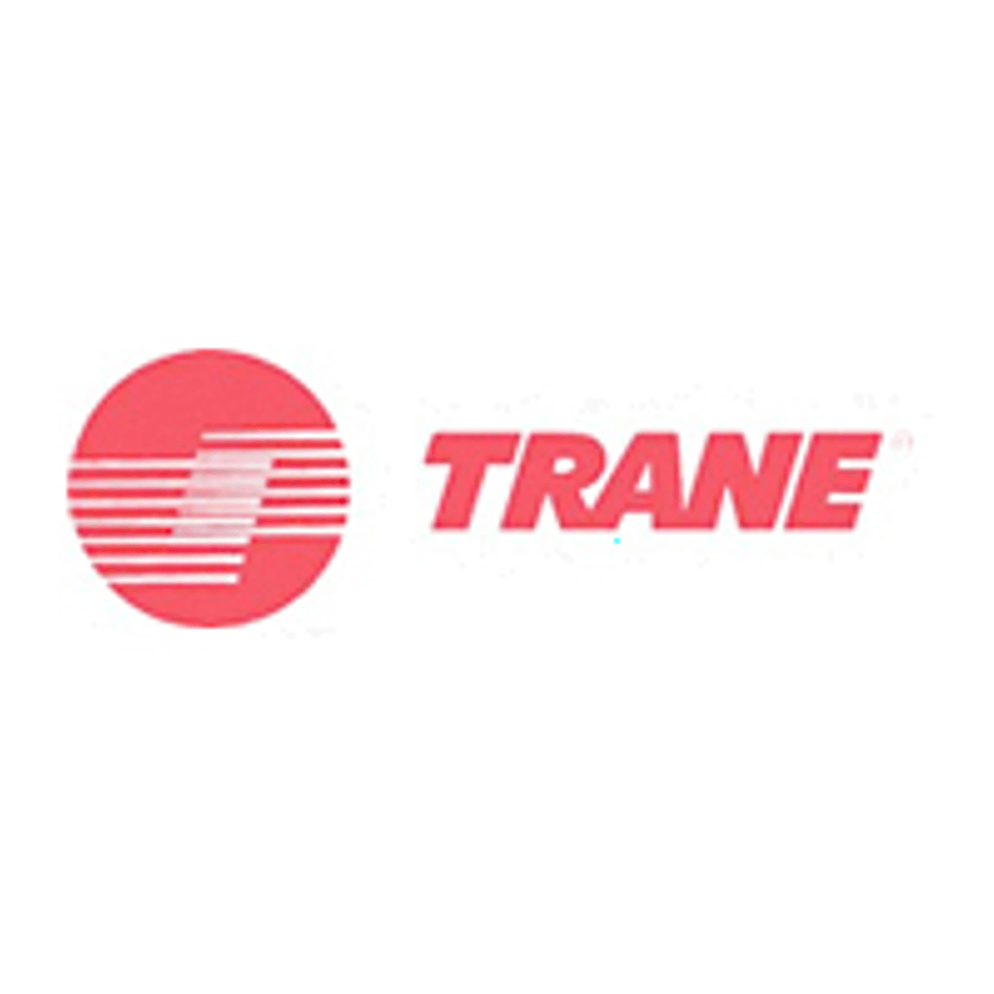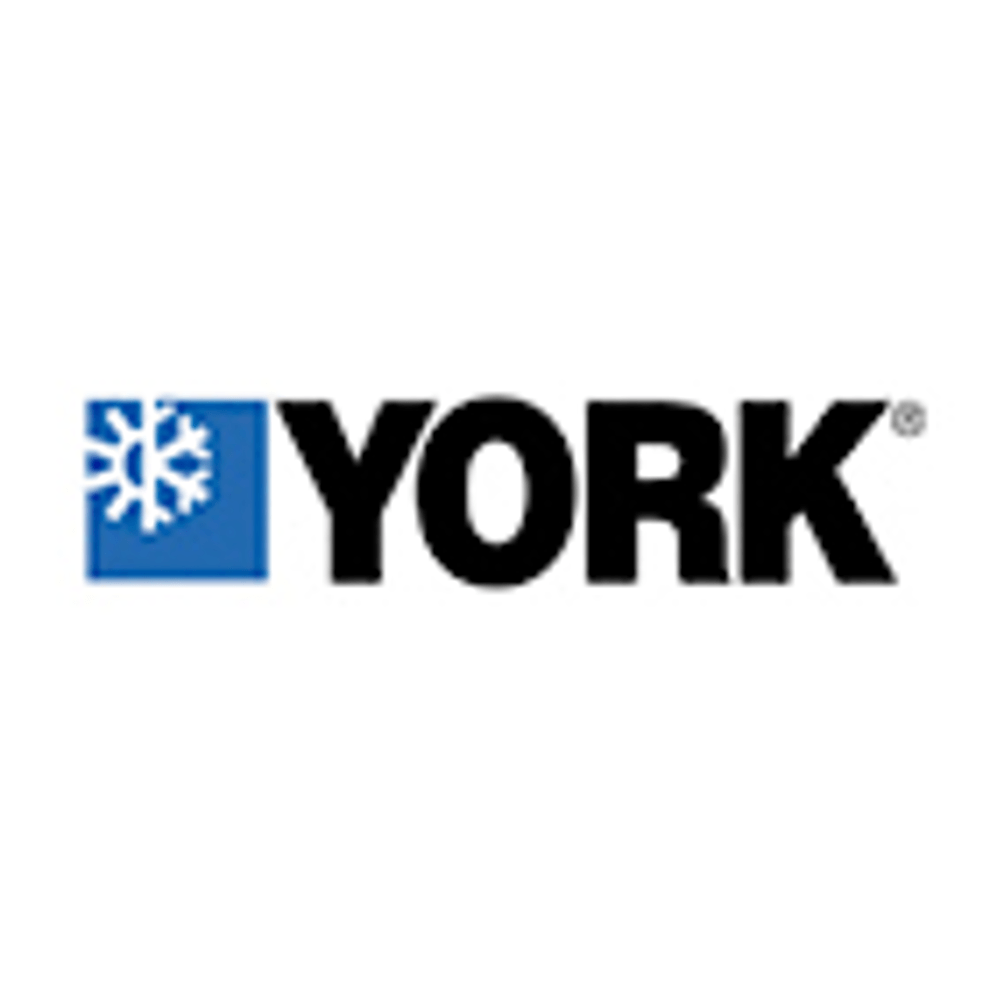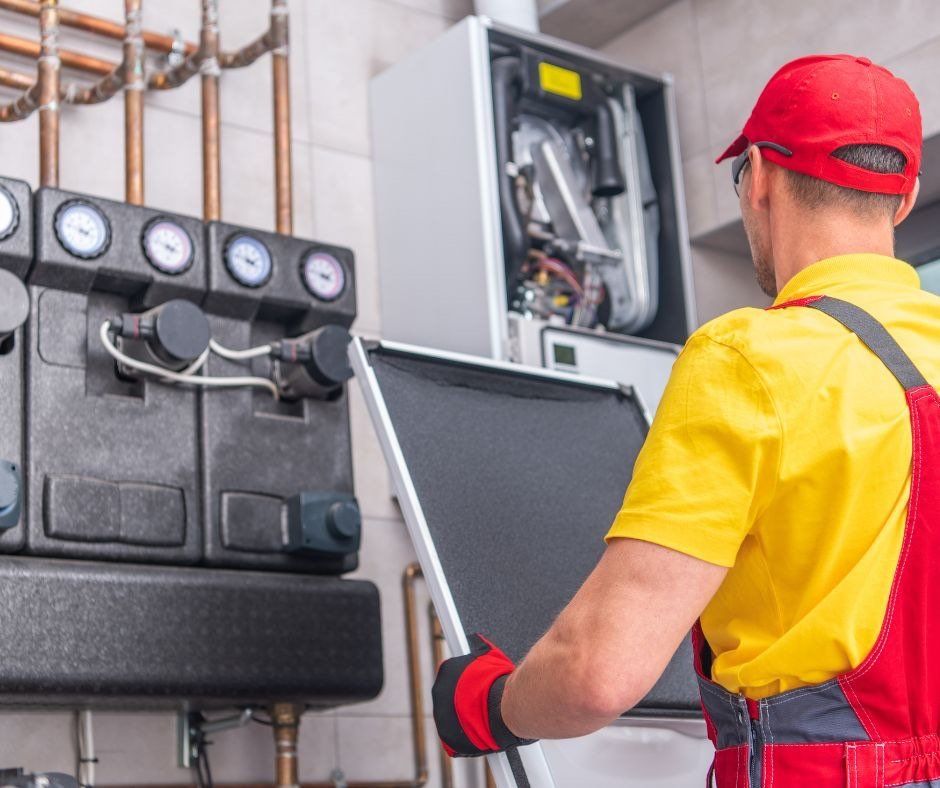How Can ENERGY STAR® Help Lower MY Heating and Cooling Costs?
As the cost of living continues to rise, many homeowners are looking for ways to save money on utility costs, including heating and cooling their homes. Energy efficiency is one way to lower utility bills. But how do you know which A.C. system is more efficient than the next? How do you know if it’s worth buying a new furnace if lowering energy costs is the primary goal? The government-backed ENERGY STAR® program can help.
What is the ENERGY STAR® Program?
A joint program of the Environmental Protection Agency (EPA) and the Department of Energy (DOE), the goal of the ENERGY STAR® program is “to help consumers, businesses, and industry save money and protect the environment through the adoption of energy-efficient products and practices. The ENERGY STAR label identifies top-performing, cost-effective products, homes, and buildings.”
According to the Office of Energy Efficiency & Renewable Energy, “Since inception, ENERGY STAR has shown impressive results: in 2010, Americans saved enough energy to avoid greenhouse gas emissions equivalent to those from 33 million cars, while saving nearly $18 billion on utility bills.”
A significant part of the program is the ENERGY STAR®-labeled products, which include home appliances, lighting, building products, office equipment, electronics, and heating and cooling products (central air conditioners, furnaces, geothermal heat pumps, and more). These products “meet strict energy-efficiency specifications set by the U.S. EPA, helping you save energy and money while protecting our climate by making choices that count for a clean energy future.”
More than seven billion ENERGY STAR® products have been sold since 1992. According to the ENERGY STAR® website, “In 2020, ENERGY STAR certified products helped consumers save 240 billion kilowatt-hours of electricity, avoid $24 billion in energy costs, and achieve 180 million metric tons of greenhouse gas reductions.”
The ENERGY STAR® product ratings can be confusing. Ratings on HVAC systems are most commonly based on the following:
- SEER rating – Seasonal Energy Efficiency Ratio – measures the efficiency over an entire season.
- EER rating - Energy Efficiency Ratio - measures the “instantaneous” efficiency. Window units use EER. Central air conditioning systems use both SEER and EER. The higher the SEER and EER ratings, the more energy-efficient the system.
- HSPF - the Heating Seasonal Performance Factor – is the ratio of the total heat output of a heat pump during the typical heating season divided by the total energy consumed during that period.
- AFUE – Annual Fuel Utilization Efficiency - measures the amount of heat actually delivered to your house compared to the amount of fuel supplied to the furnace. The higher the HSPF and AFUE number, the more efficient the system
When installing a new heating and air conditioning system, it’s always best to consult an expert to help determine the best system for your needs.
ENERGY STAR® Financial Incentives
“The average Pennsylvania family consumes more than 10,000 kilowatt-hours (kWh) of electricity annually and spends more than $2,000 per year on energy bills,” according to the Pennsylvania Department of Environmental Protection (DEP). “Some projects, such as lighting changes, require little financial investment. Other projects, such as insulation or improvements to heating and cooling systems, may require [a] significant financial investment. Fortunately, there are renewable energy and energy efficiency financial incentives to help.”
Here are a few of those incentives:
Install an ENERGY STAR® Heating and Cooling System
Many of the heating and cooling systems Ultimate Comfort installs are ENERGY STAR® qualified to significantly lower your utility bills. We offer replacement heating systems with efficiency ratings from 80% to 98% AFUE.
Call today at 610-750-8314 or connect with us online for a FREE Comfort Analysis. Estimates and consultations for new systems are provided FREE of charge.



